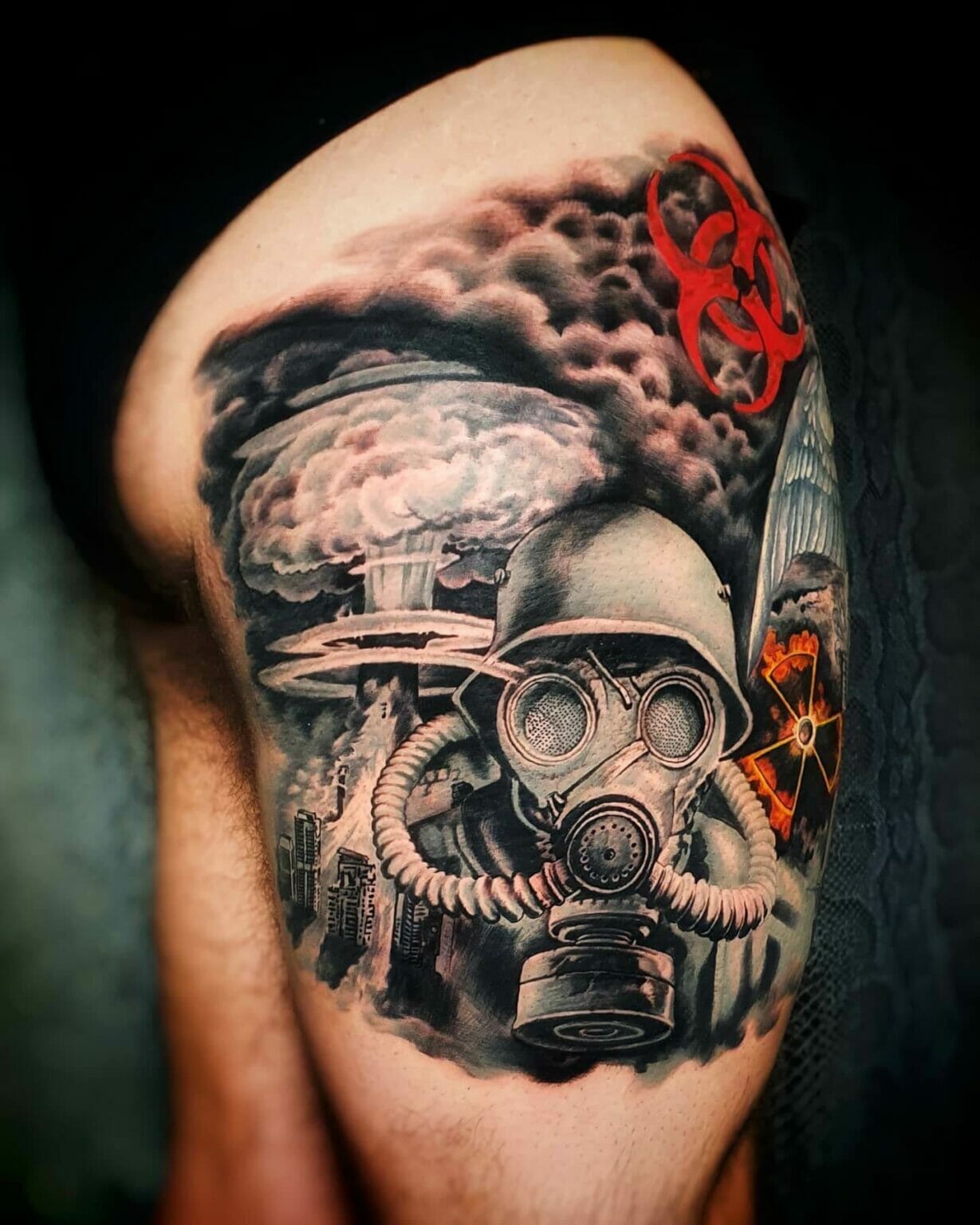5 Ship Positions

Understanding Ship Positions

Ship positions are a crucial aspect of maritime navigation, as they help in determining the exact location of a vessel at any given time. There are five main ship positions that are commonly used in the maritime industry. These positions are essential for safe navigation, efficient routing, and effective communication between ships and coastal authorities. In this article, we will delve into the details of these five ship positions, exploring their characteristics, advantages, and applications.
The Five Ship Positions

The five ship positions are: * Port: The left side of the ship when facing the bow. * Starboard: The right side of the ship when facing the bow. * Bow or Fore: The front of the ship. * Stern or Aft: The back of the ship. * Amidships: The middle of the ship.
Port Side

The port side of a ship is the left side when facing the bow. This term is used to describe the location of objects, cargo, or other vessels in relation to the ship. For example, if another ship is approaching from the port side, it means that it is approaching from the left side of the vessel. The port side is often marked with red lights or colors to distinguish it from the starboard side.
Starboard Side

The starboard side is the right side of the ship when facing the bow. Similar to the port side, this term is used to describe the location of objects or other vessels in relation to the ship. The starboard side is often marked with green lights or colors to distinguish it from the port side. Understanding the difference between port and starboard is essential for safe navigation, as it helps in avoiding collisions and ensuring compliance with maritime regulations.
Bow or Fore

The bow, also known as the fore, is the front of the ship. It is the part of the vessel that cuts through the water first, and it is often designed to be aerodynamic and hydrodynamic to reduce resistance and improve fuel efficiency. The bow is a critical component of a ship’s design, as it affects the vessel’s stability, maneuverability, and overall performance.
Stern or Aft

The stern, also known as the aft, is the back of the ship. It is the part of the vessel that trails behind the rest of the ship, and it is often used to house important equipment such as propellers, rudders, and engines. The stern is also a critical component of a ship’s design, as it affects the vessel’s stability, maneuverability, and overall performance.
Amidships

Amidships refers to the middle of the ship. This term is used to describe the location of objects, cargo, or other vessels in relation to the ship. Amidships is often used to describe the location of important equipment such as engines, fuel tanks, and cargo holds. Understanding the concept of amidships is essential for safe navigation, as it helps in ensuring that cargo is properly secured and that the vessel is stable and balanced.
Importance of Ship Positions

Understanding ship positions is crucial for safe navigation, efficient routing, and effective communication between ships and coastal authorities. Ship positions help in avoiding collisions, ensuring compliance with maritime regulations, and optimizing fuel efficiency. Additionally, ship positions are essential for cargo operations, as they help in ensuring that cargo is properly secured and that the vessel is stable and balanced.
Applications of Ship Positions

Ship positions have a wide range of applications in the maritime industry. Some of the key applications include: * Navigation: Ship positions are essential for safe navigation, as they help in avoiding collisions and ensuring compliance with maritime regulations. * Cargo operations: Ship positions help in ensuring that cargo is properly secured and that the vessel is stable and balanced. * Communication: Ship positions are essential for effective communication between ships and coastal authorities, as they help in identifying the location and status of vessels. * Route optimization: Ship positions help in optimizing fuel efficiency and reducing emissions, as they enable vessels to take the most efficient route.
🚨 Note: Understanding ship positions is critical for safe navigation and efficient routing. It is essential for mariners to have a thorough knowledge of ship positions to ensure compliance with maritime regulations and to avoid collisions.
In summary, the five ship positions are essential for safe navigation, efficient routing, and effective communication between ships and coastal authorities. Understanding these positions is critical for mariners, as it helps in avoiding collisions, ensuring compliance with maritime regulations, and optimizing fuel efficiency. By recognizing the importance of ship positions, mariners can ensure a safe and efficient journey, and contribute to the overall safety and efficiency of the maritime industry.
What is the port side of a ship?

+
The port side of a ship is the left side when facing the bow. It is often marked with red lights or colors to distinguish it from the starboard side.
What is the starboard side of a ship?

+
The starboard side of a ship is the right side when facing the bow. It is often marked with green lights or colors to distinguish it from the port side.
Why are ship positions important?

+
Ship positions are important for safe navigation, efficient routing, and effective communication between ships and coastal authorities. They help in avoiding collisions, ensuring compliance with maritime regulations, and optimizing fuel efficiency.



